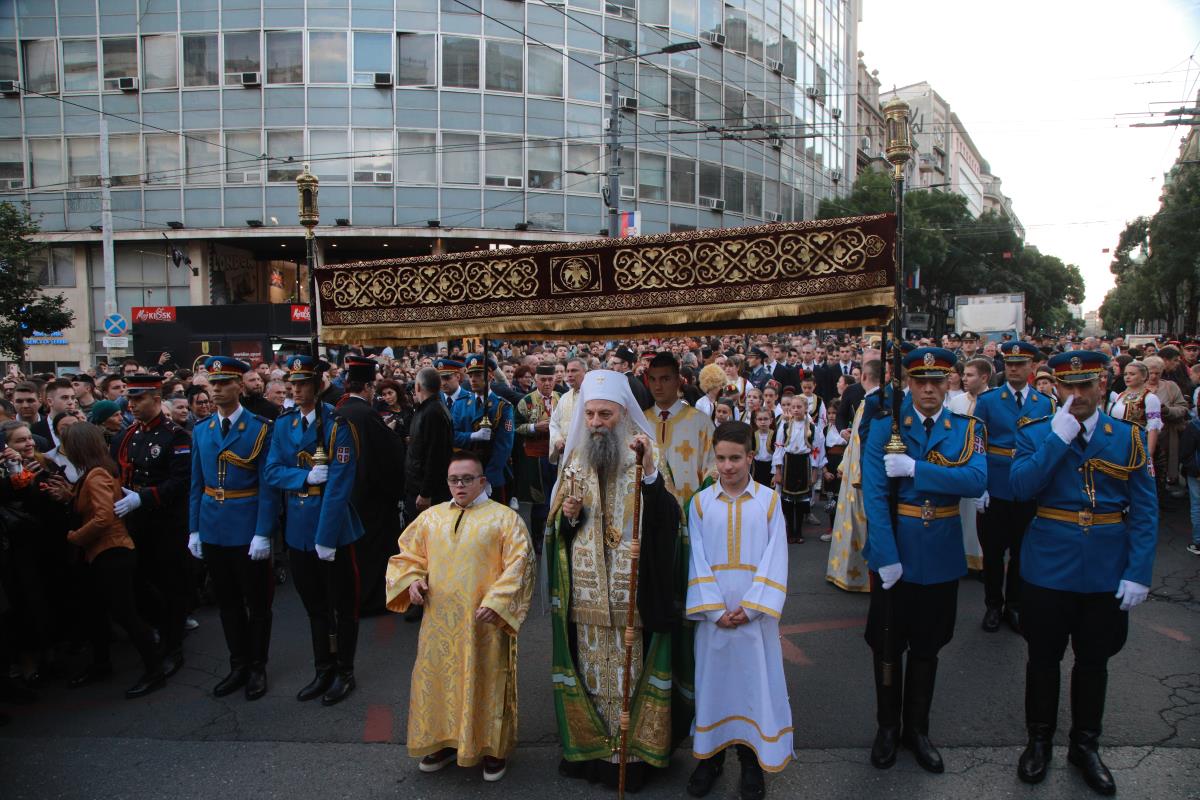The Spasovdan procession in Belgrade is a traditional religious and cultural event held to celebrate the city’s patron saint day. The procession is led by the Patriarch of the Serbian Orthodox Church, with participation from numerous believers, government representatives, and the military. During the procession, the hand of Saint Sava, the only relic remaining in Serbia after the rest were burned, is carried. This event holds great significance for preserving the cultural and spiritual identity of the city and its people.
Political Perspectives:
Left: Left-leaning sources tend to emphasize the cultural and spiritual significance of the Spasovdan procession, highlighting its role in preserving Serbian heritage and community unity. They may also focus on the inclusive participation of citizens and the peaceful nature of the event.
Center: Centrist sources report the event factually, focusing on the procession’s details, such as the route, participants, and historical background. They present the procession as an important tradition for Belgrade without strong political or ideological framing.
Right: Right-leaning sources often emphasize the nationalistic and religious pride associated with the Spasovdan procession. They highlight the involvement of high-ranking church officials and government representatives, framing the event as a symbol of Serbian identity and sovereignty.


















